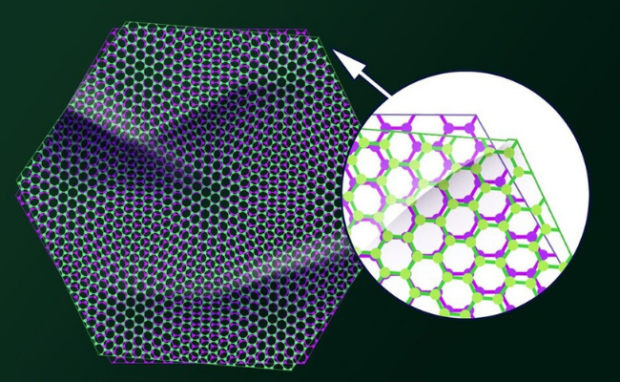Graphene proton transport may transform renewable energy
Scientists at the University of Manchester’s National Graphene Institute discovered a way to speed up proton transport across graphene. They discovered shining a light on this wonder material excites its electrons, enabling protons to pass through it quickly. As a result, they say it could help create more effective solar and green hydrogen energy devices.
Many experts have been excited to explore the possibilities of the wonder material graphene. It seems this ultra-thin carbon could become the key to improved renewable energy sources. Nowadays, more are interested in sustainability, so we should see its potential future transformation.
This article will discuss how researchers used graphene to facilitate renewable energy usage. Later, I will elaborate on graphene’s properties and potential applications.
How does graphene improve renewable energy usage?

Graphene’s atomically thin structure prevents many elements like protons from passing through it. However, its edges, flaws, and functionalization can become channels for proton diffusion.
University of Manchester scientists discovered a method to speed up proton transport across graphene using light. They discovered light stimulation excites graphene’s electrons.
Next, protons can interact with these excited electrons, which speeds up their passage through the material. The breakthrough may pave the way for the creation of solar water-splitting devices and more effective hydrogen fuel cells.
“Understanding the connection between electronic and ion transport properties in electrode-electrolyte interfaces at the molecular scale could enable new strategies to accelerate processes central to many renewable energy technologies, including hydrogen generation and utilization,” said lead researcher Dr. Marcelo Lozada-Hidalgo.
You may also like: Scientists turn humid air into a renewable energy source
The discovery of a proton transport phenomenon called “Pauli blocking” proved the light stimulation effects on graphene. It occurs when the energy of graphene’s electrons increases to the point when the material can no longer absorb light.
“We were surprised that the photo response of our proton conducting devices could be explained by the Pauli blocking mechanism, which so far had only been seen in electronic measurements. This provides insight into how protons, electrons, and photons interact in atomically thin interfaces,” said co-author Dr. Shiqi Huang.
However, the scientists admit they need more research and development to confirm real-world applications. We must resolve its long-term stability, scalability, and cost-effectiveness before we can put it to practical use.
What is graphene?
Graphene is a material consisting of carbon atoms arranged in a hexagonal lattice that resembles chicken wire. In 2004, University of Manchester Andre Geim and Konstantin Novoselov were experimenting with graphite, the material for pencil tips.
HowStuffWorks said they wondered if they could peel it down to a single layer using sticky tape. “You put [sticky tape] on graphite or mica and peel the top layer,” Gelm explained to the BBC.
These are flakes of graphite that come off on the tape. Then, they folded the tape in half, put it on the flakes on top, and split them again.
They repeated this process 10 to 20 times. “Each time, the flakes split into thinner and thinner flakes. At the end, you’re left with very thin flakes attached to your tape. You dissolve the tape, and everything goes into solution,” Gelm added.
As a result, the scientists discovered single-layer graphene flakes. In 2010, Gelm and Novoselov earned the Novel Prize in Physics for their discovery.
One of the most intriguing characteristics of graphene is its structure. Its hexagonal lattice structure allows it to be 200 times stronger than steel and 1,000 times lighter than paper!
You may also like: The Philippines spends the most amount of time online in Asia Pacific
Graphene is also the fastest conductor of electricity at room temperature. Its carbon atoms have an extra electron called a pi-electron. The latter enables electrical conductivity with almost no resistance.
Rotating two graphene layers 1.1° out of alignment turns the material into a superconductor. Moreover, its unique features give it numerous applications:
- computer chips
- energy generation
- Supercapacitors
- batteries
- transistors
- water filters
- antennas
- touchscreens (for LCD or OLED displays)
- DNA sequencing
- solar cells
- Spintronics-related products
Conclusion
Researchers from the University of Manchester’s National Graphene Institute discovered graphene could facilitate proton transport. Shining a light on it enables protons to pass through the material more easily.
The team admits they need more research and development to confirm its practical applications. Nevertheless, they are optimistic that the material could help create more sustainable and effective hydrogen generation techniques.
Learn more about the graphene proton transport study by reading its Nature Communications webpage. Check out more digital tips and trends at Inquirer Tech.